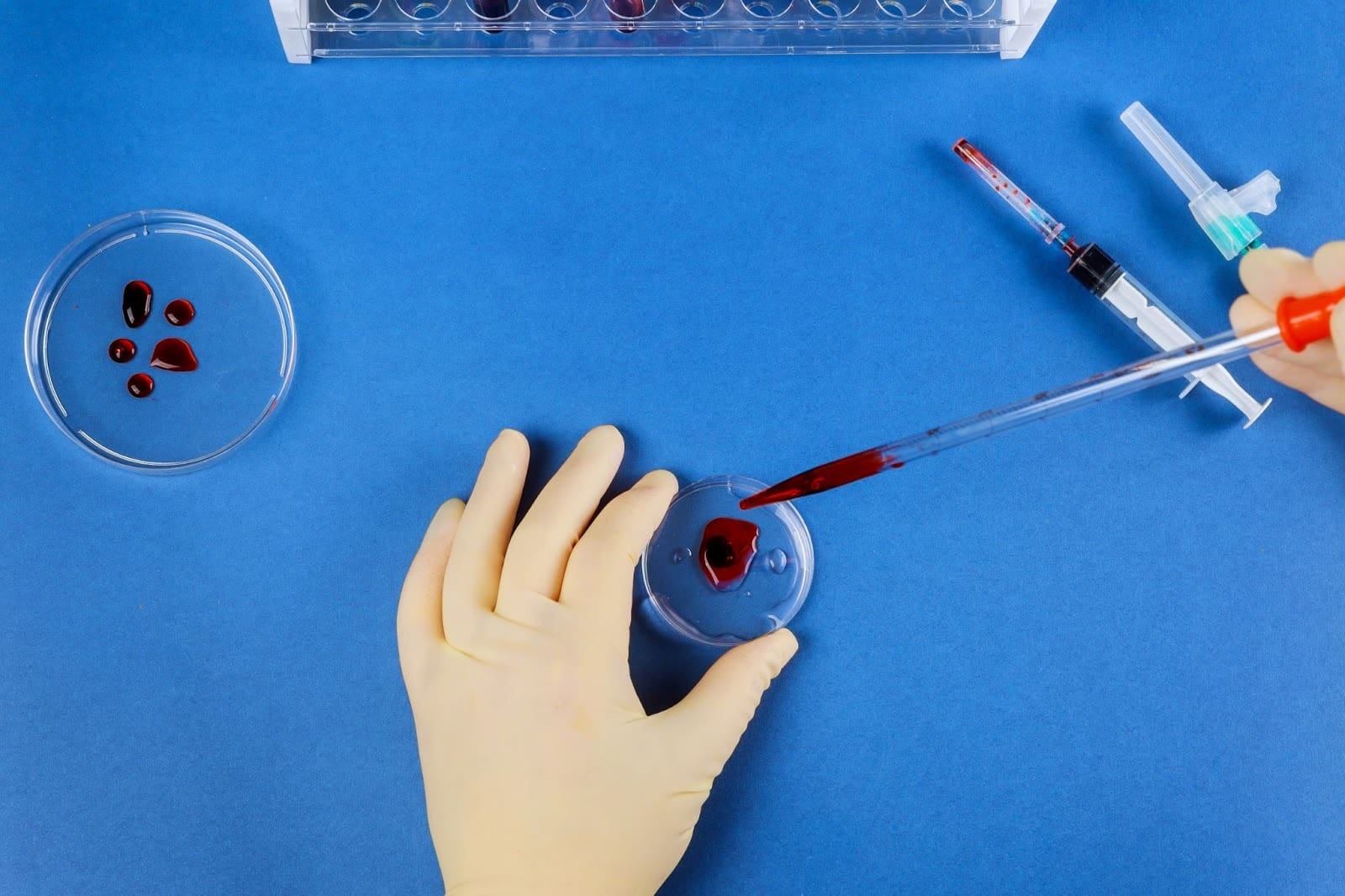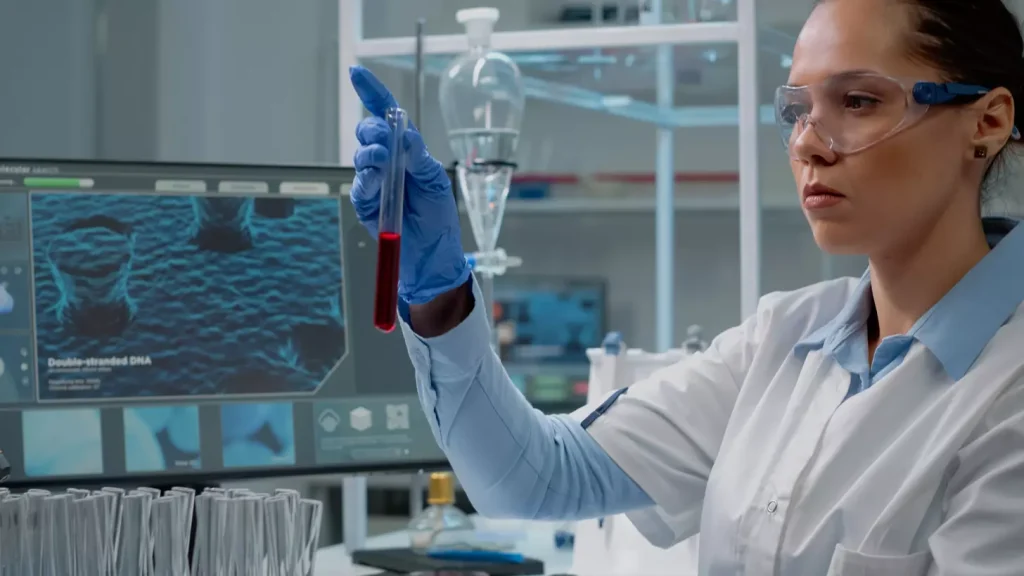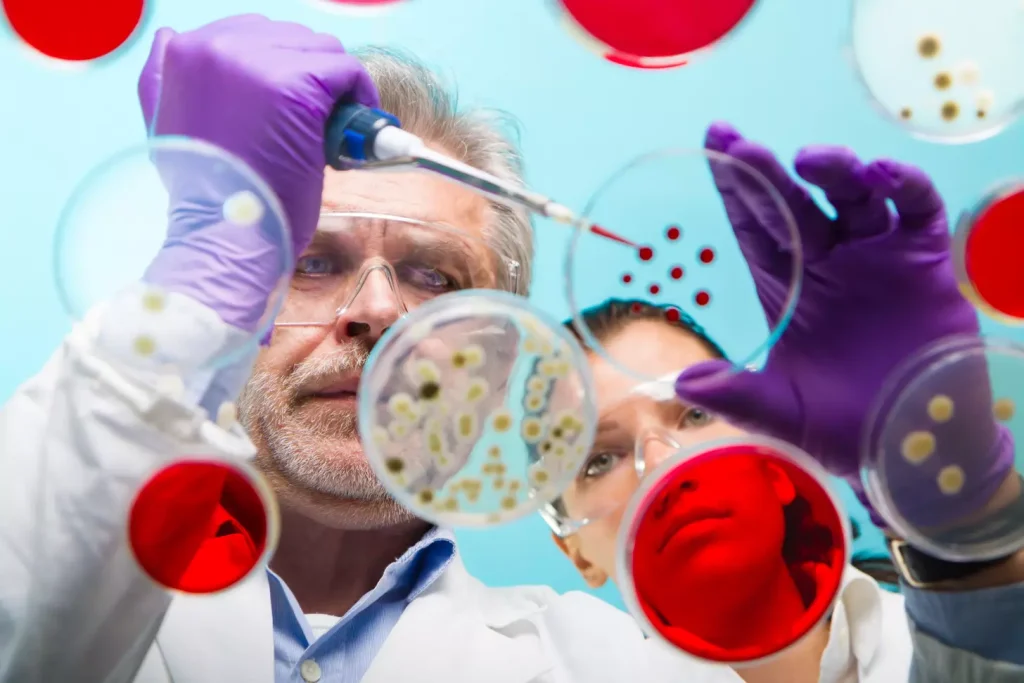
Knowing medical terms is key for correct diagnosis and treatment. At Liv Hospital, we combine patient-centered care with academic excellence. This helps both patients and doctors manage health better with advanced terms and global standards.
Studying cells and tissues is key to understanding health and disease. We will look at important medical terms for formation of cells and tissue study. This will give a solid base for more learning.

In medicine, studying cells and tissues is key for diagnosing, treating, and researching. We look into how these basic parts are structured and why using the right medical terms is important.
The human body is structured in a layered way, starting with cells. These cells group together to form tissues, each with its own role. Knowing this structure helps us understand how the body works and reacts to sickness.
Cells are the base, and their shape and function shape the tissues they make. For example, muscle cells create muscle tissue, which can contract. Studying tissues, or histology, is key to grasping how organs function and grow.
| Level of Organization | Description | Example |
|---|---|---|
| Cells | Basic units of life | Red blood cells |
| Tissues | Groups of similar cells | Muscle tissue |
| Organs | Structures made of two or more types of tissues | Heart |
Being precise with medical terms is vital for correct diagnosis and treatment. Misunderstanding medical words can cause mistakes in patient care. For instance, the term “histology” means studying tissue under a microscope, which is key for spotting diseases like cancer.
Doctors need a shared language to talk about complex biological processes and conditions. Terms like study of tissues medical term and study of tissue medical term show how specific words are used to mean exactly what they say. This clarity helps doctors talk clearly with each other and with patients.

Cytogenesis is key to understanding how cells grow and its role in medicine. It’s about how cells form, a basic part of biology. It affects many health issues and diseases.
The word “cytogenesis” comes from Greek. “Kytos” means cell, and “genesis” means origin or creation. So, cytogenesis means the creation of cells.
This term is important for knowing how cells grow and work in our bodies. It covers how cells are made, including cell division and becoming specialized.
Cell formation is a complex process. It includes:
Knowing these steps helps us understand how tissues and organs grow. Problems in cytogenesis can cause diseases like cancer and developmental issues.
By understanding cytogenesis, scientists and doctors can learn more about cell growth and disease. This knowledge helps in finding new treatments.
The prefix “cyt/o” comes from Greek, meaning “cell.” It’s the core of cytology, a key area in medical diagnostics. Cytology looks at cells’ structure, function, and diseases. It helps us understand diseases and find treatments.
“Cyt/o” comes from the Greek word “kytos,” which means “cell” or “container.” This prefix is key in many cell-related medical terms. It helps form words like “cytology,” the study of cells, and “cytologist,” a cell specialist.
Cytological exams use different methods to study cells. These methods help diagnose diseases, like cancers. Some common ones are:
| Cytological Technique | Description | Common Applications |
|---|---|---|
| Fine-needle aspiration cytology | Uses a thin needle to get cell samples from lumps or masses. | Diagnoses cancers, like thyroid and breast cancer. |
| Pap smear | A test for cervical cancer and its early signs. | Checks for cervical cancer. |
| Liquid-based cytology | Collects cells in a liquid, improving sample quality. | Used for cervical cancer screening and various cancer diagnoses. |
Cytology is vital in diagnosing diseases, mainly in oncology. It lets doctors spot cancers, early changes, and track disease growth. It also helps with infections and inflammation.
With new tech and cell biology knowledge, cytology’s uses keep growing.
Histology is key in medical science. It helps us understand tissue structure and function. This knowledge is vital for both healthy and sick states.
The study of tissue has a long history. It began in the 17th century with the first microscopes. Today, it uses advanced methods to study tissue.
Histology is the study of tissue at a microscopic level. It comes from Greek words for tissue and study. The field grew with microscope improvements.
New staining methods, electron microscopy, and digital pathology have helped. These tools let us study tissues in more detail.
Several important techniques are used in histology. These include:
The human body has four main tissue types. Each has its own role and characteristics.
Epithelial tissue lines organs and glands. Connective tissue supports and structures the body. Muscle tissue helps with movement. Nervous tissue transmits nerve impulses.
Knowing these tissue types is key. It helps us understand the body’s complex interactions. It also aids in diagnosing and treating diseases.
Understanding morphogenesis is key to knowing how organisms grow their complex forms. It’s the biological process that shapes an organism. It’s vital in embryonic development, guiding the creation of tissues and organs.
In embryonic development, morphogenesis is essential for shaping the organism’s structure. It involves complex cellular movements and reorganizations. These movements create the detailed structures we see in a fully formed organism. This process is highly regulated and involves precise coordination between various cell types and tissues.
The molecular mechanisms behind morphogenesis are complex and multifaceted. They involve a delicate interplay of signaling pathways, growth factors, and transcription factors. Key signaling pathways, such as the Wnt/β-catenin pathway, play critical roles in regulating cell fate decisions and tissue patterning.
Abnormalities in morphogenesis can cause various congenital disorders and developmental abnormalities. For example, disruptions in morphogenetic processes during embryonic development can lead to structural birth defects. Understanding the molecular basis of these abnormalities is key for developing diagnostic tools and therapeutic interventions.
Some examples of conditions related to morphogenetic abnormalities include:
By studying morphogenesis and its related abnormalities, we can gain valuable insights into the complex processes that shape the human body. This knowledge helps us develop novel strategies for preventing and treating developmental disorders.
Histogenesis is how tissues form from embryonic cells. It’s key to understanding human growth and fixing damaged tissues. This process turns cells into different tissue types, which then make up organs and systems in our bodies.
Tissue development through histogenesis has several stages. First, embryonic stem cells grow and change into different types of cells. This change is guided by genes and the environment.
As these cells change, they start to form specific tissue structures. These include epithelial, connective, muscle, and nervous tissues.
But histogenesis doesn’t stop after we’re born. It keeps happening as our bodies repair and grow new tissues. For example, the liver can heal itself through histogenesis. This lets it recover from injuries that would harm other organs.
Regulating histogenesis is complex. It involves many molecular signals and cell interactions. Histogenesis is controlled by growth factors, hormones, and transcription factors. These elements help cells grow, change, and organize into tissues.
In the early stages of development, certain signaling pathways are very important. For example, the Wnt/β-catenin pathway helps decide what cells will become and how tissues will be arranged. If these pathways don’t work right, it can cause problems and diseases.
Understanding histogenesis is very important for regenerative medicine. It helps us figure out how to make damaged tissues grow back. This knowledge can lead to new treatments for fixing or growing tissues.
Stem cell therapies are a good example. They use stem cells to grow into specific tissue types. This helps repair damaged tissues. Also, scientists are using bioengineered scaffolds and growth factors to help fix tissues in different medical situations.
Organogenesis is a key process in human development. It turns tissues into functional organs. This process is vital for the growth of embryos. It involves many cell types, growth factors, and signals to create essential organs.
The organ development process has several stages. First, progenitor cells turn into specific cell types for the organ. Then, these cells go through morphogenesis to get their shape. Lastly, the organ grows and becomes ready to function.
Many organs go through complex development. For example, the heart forms from two heart fields that merge and loop. The lungs develop through branching, creating airways and alveoli.
| Organ | Key Processes in Organogenesis |
|---|---|
| Heart | Cardiac progenitor cell differentiation, heart tube looping, septation |
| Lungs | Branching morphogenesis, alveolarization |
| Liver | Hepatoblast differentiation, liver bud formation |
Problems in organogenesis can cause congenital disorders. For instance, heart development issues can lead to heart disease. Lung problems can cause underdeveloped lungs. Knowing these processes helps in diagnosing and treating these conditions.
Disease formation, or pathogenesis, is complex and affects many body systems. It involves a mix of cellular and molecular processes. These processes lead to disease.
Diseases start when normal cell functions are disrupted. This can happen due to genetic changes, environmental factors, or infections.
Key factors contributing to disease development include:
The mechanisms behind pathogenesis are complex. They involve signaling pathways, gene expression changes, and cell interactions.
Molecular mechanisms driving pathogenesis include:
Understanding pathogenesis is key for diagnosis and treatment. It helps healthcare providers create targeted therapies. This improves patient care.
The importance of understanding pathogenesis lies in its ability to:
Clinical applications of cell and tissue terminology are diverse and key for better medical care. It’s not just about memorizing terms. It’s about using this knowledge to help patients and drive new medical ideas.
In diagnostic medicine and pathology, using cell and tissue terms correctly is vital. Pathologists use these terms to spot problems and classify diseases. For example, knowing the difference between carcinoma in situ and invasive carcinoma helps decide the right treatment for cancer.
A study in a top medical journal showed how important standard terms are in pathology. It found that using the same terms helped pathologists agree more often. This agreement is key for making sure patients get the right care based on accurate diagnoses.
“Standardized terminology is the cornerstone of accurate diagnosis and effective treatment planning in pathology.”
| Terminology | Diagnostic Implication | Clinical Significance |
|---|---|---|
| Cytogenesis | Understanding cell formation | Critical for diagnosing developmental abnormalities |
| Histology | Study of tissue structure | Essential for identifying tissue-specific diseases |
| Morphogenesis | Understanding structural development | Vital for diagnosing congenital disorders |
In drug development, knowing cell and tissue terms is key for researchers. It helps find drug targets and understand how drugs work. For example, knowing how drugs affect cytogenesis can lead to new treatments for abnormal cell growth.
Thanks to precise use of cell and tissue terms, drug development is making big strides. This has led to more effective treatments with fewer side effects, which improves patient care.
New technologies like single-cell RNA sequencing and advanced imaging are changing how we study cells and tissues. These technologies need precise cell and tissue terms to make sense of the data and draw conclusions.
For example, single-cell analysis lets researchers see the differences within cell groups, which is key for making targeted treatments. Advanced imaging lets us see how cells work in vivo, giving insights into disease at the cellular level.
As we keep improving these technologies, the need for accurate and standard cell and tissue terms will grow. This will drive more innovation in medical research and practice.
Understanding medical terms related to cells and tissues is key for medical progress. Terms like cytogenesis, histology, and morphogenesis are essential. They lay the groundwork for medical knowledge.
The field of medical terminology keeps changing with new discoveries and tech. For example, stem cell therapy is a growing area. It’s important for healthcare pros to stay current to offer top care.
In summary, the language of cells and tissues keeps evolving. It shows our growing knowledge of human biology and disease. As medical science moves forward, we must keep improving our vocabulary. This helps us accurately describe and tackle human health’s complexities.
The study of cells is called cytology. It looks at cells to understand their structure, function, and any problems they might have.
“Cyt/o” means cells. It’s a prefix used in many medical terms, like cytology and cytogenesis, which all deal with cells.
Cytogenesis is about how cells are made. It’s the process of creating and growing cells.
Histology is the study of tissues. It looks at how tissues are structured and work under a microscope.
The human body has four main tissue types. These are epithelial, connective, muscle, and nervous tissue. Each type has its own role and characteristics.
Morphogenesis is about how an organism or tissue gets its shape and structure. It’s most important during early development.
Histogenesis is when cells form into tissues. It’s about how cells change and organize into specific tissue types.
Organogenesis is when tissues turn into working organs. It involves complex processes at the cellular and molecular levels.
Pathogenesis is the development of disease. It’s how normal cell processes turn into abnormal states that cause disease.
Being precise with medical terms is key for clear communication among healthcare workers. It helps ensure accurate diagnosis, treatment, and care for patients.
Subscribe to our e-newsletter to stay informed about the latest innovations in the world of health and exclusive offers!
WhatsApp us